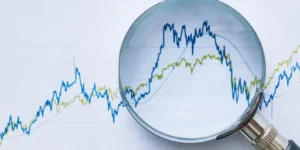
Credit Case Study: 5G and Satellite Internet
The post-Covid economy will be increasingly dependent on telecoms to keep its supply chains running. Telecoms firms have been investing heavily in 5G but the rise of satellite internet may provide competition for established providers. This report analyses the credit position and recent trends for some key 5G firms.








